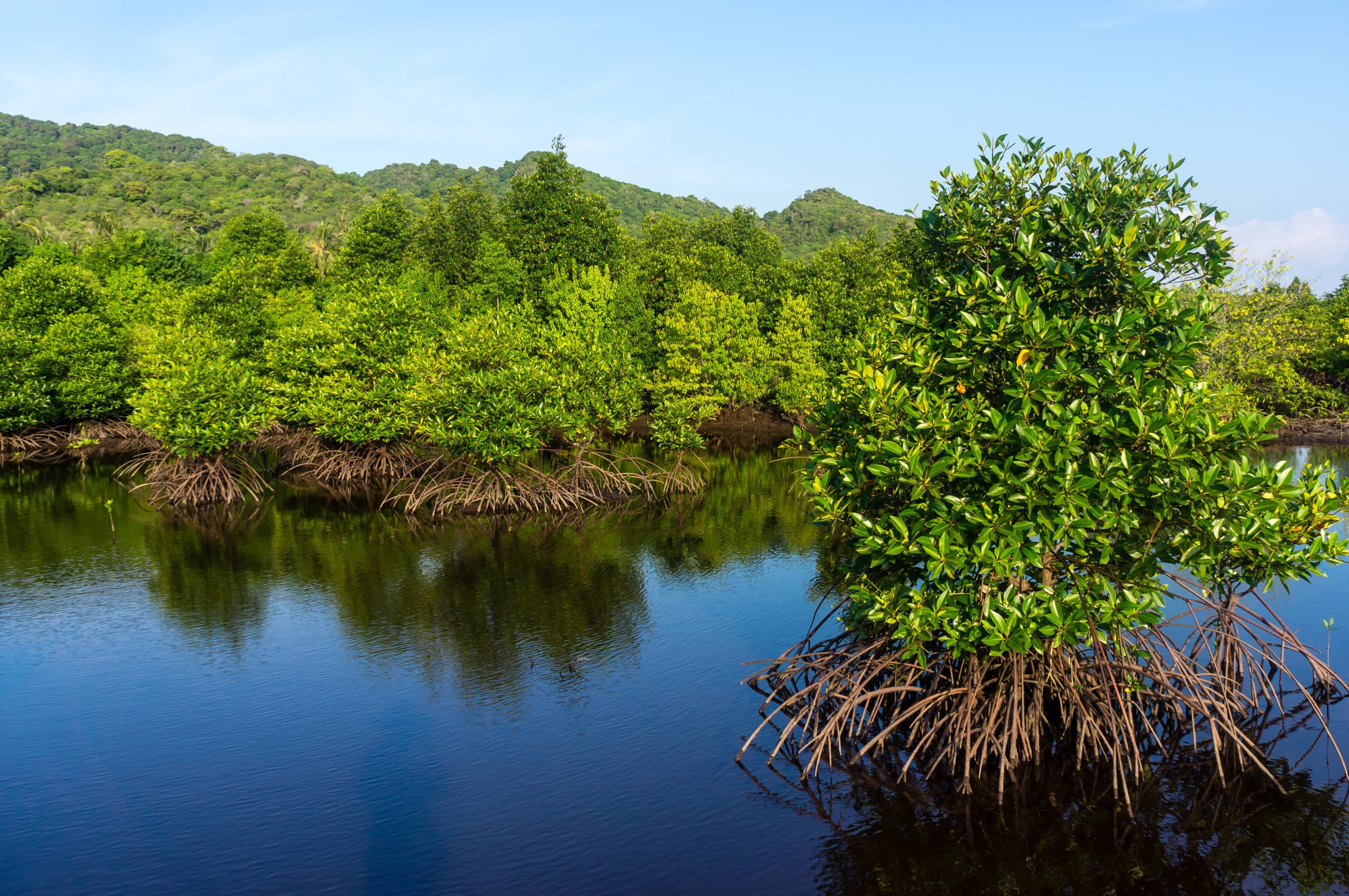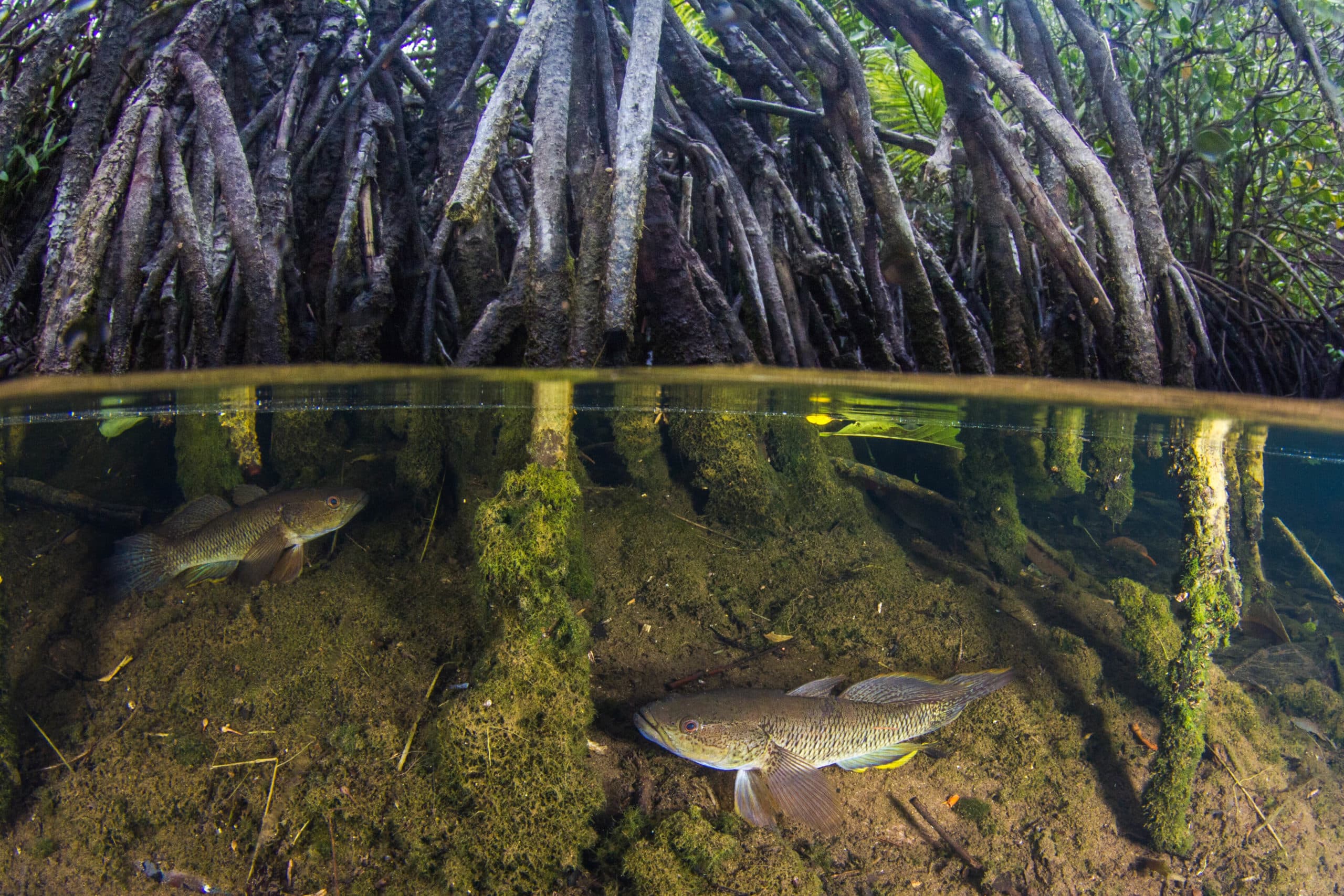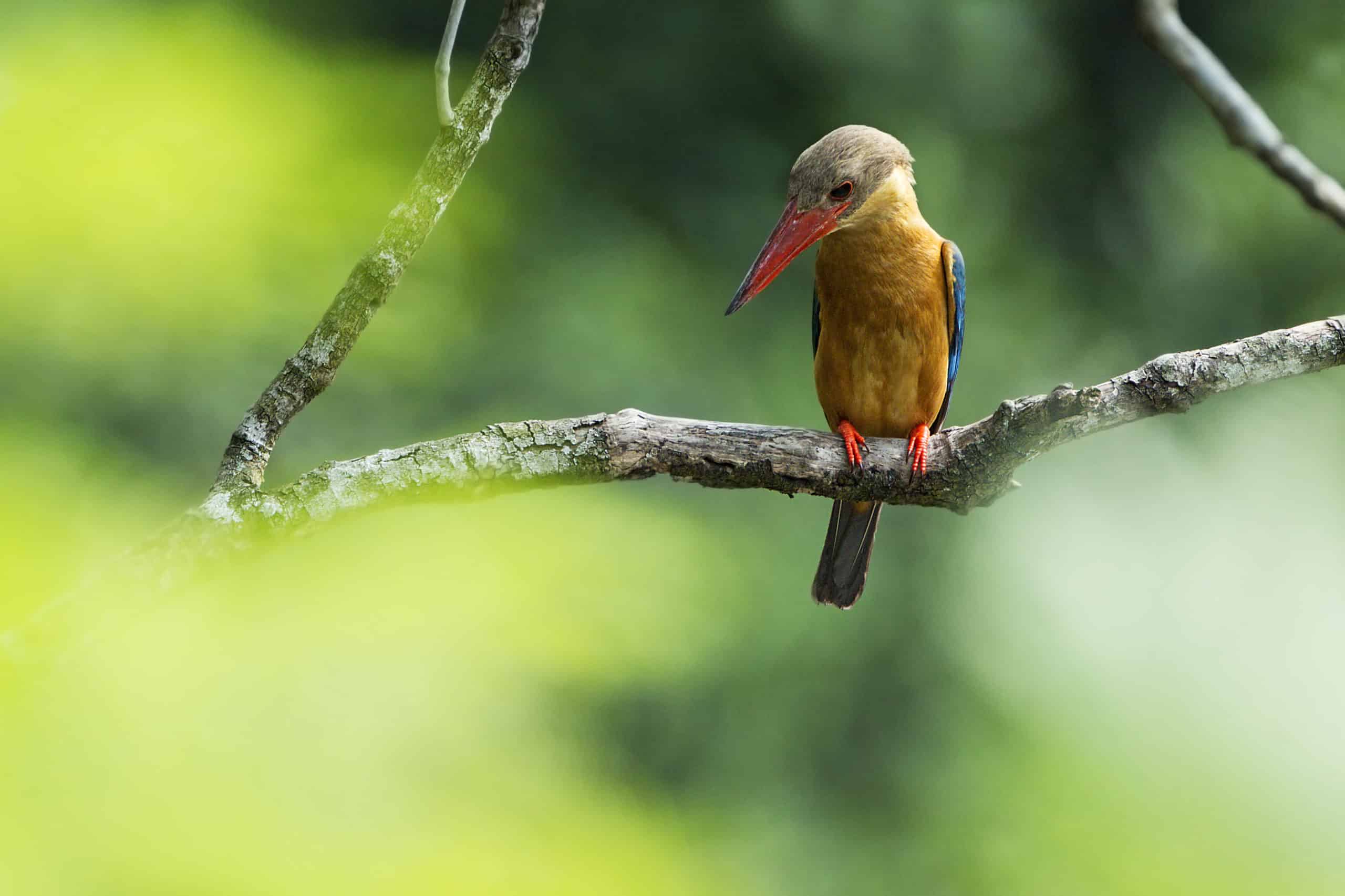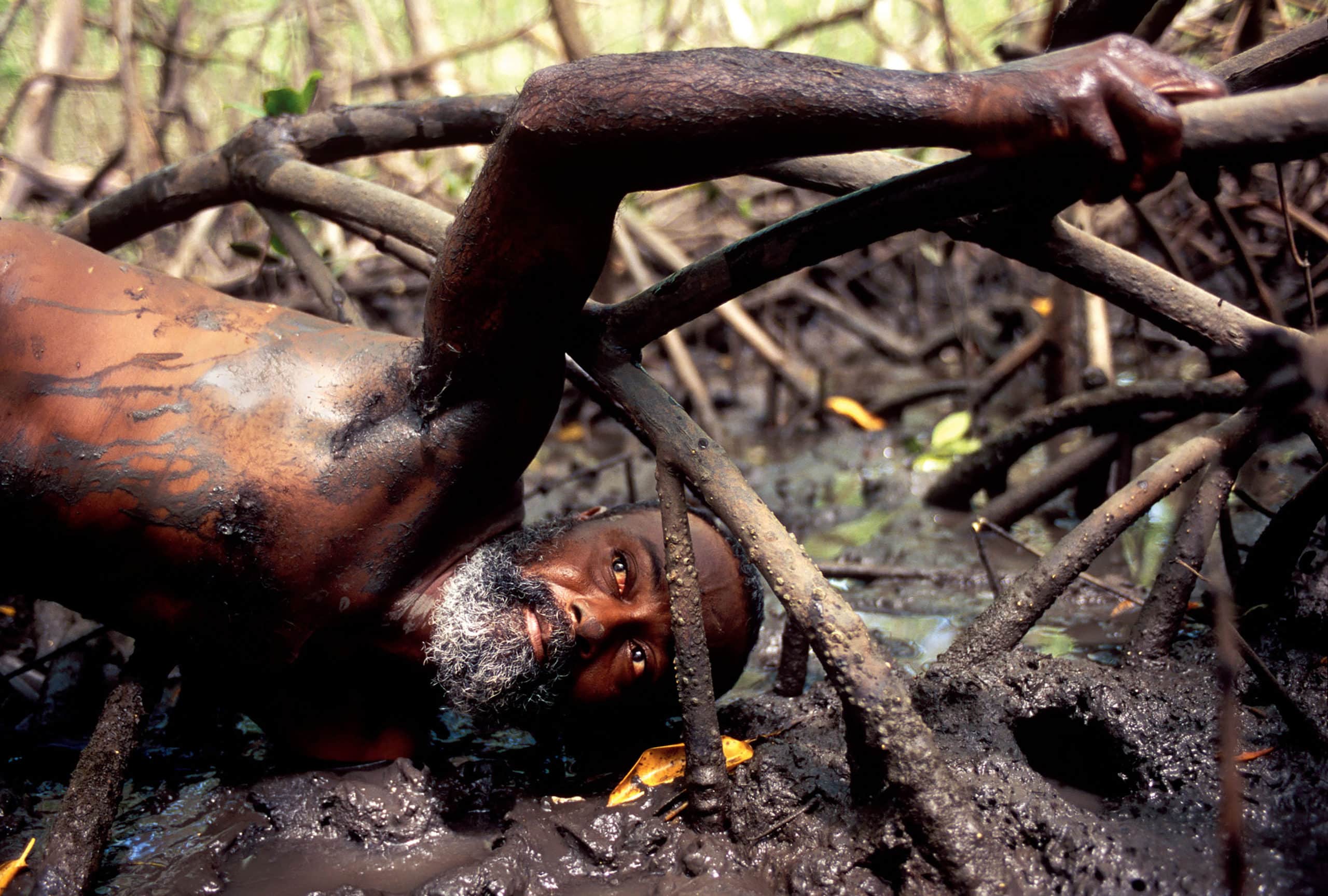Take Part in this year’s contest
Did you know that mangroves are among the most undervalued ecosystems on the planet? They help to reduce rising global temperatures, prevent food shortages and protect the world’s biodiversity. They are still considered by many as unimportant wastelands, but your images have the power to tell a very different story.

Mangroves in Indonesia, © Suzanne Plumette
Mangroves cross the boundary from land to sea. This extraordinary natural resource, adapted to living with their roots submerged in water, thrives in hot, muddy, salty conditions that would quickly kill most other plants. So how do they survive? Through a number of impressive adaptations, including a filtration system that prevents the intake of salt from the water, and a complex root system that holds the trees upright in the shifting sediments and the constant ebb and flow of the tides. Covering just 0.1% of the earth’s land surface, mangroves can be found in over 118 countries and each place reveals a unique relationship between the communities, the wildlife, and their mangroves. Mangroves serve as vital protective and spawning grounds to tropical fisheries worldwide, help mitigate the effects and causes of climate breakdown by sequestering huge amounts of carbon, and protect coastlines against storms and tsunamis – all vital for sustaining an ever-increasing global population. Despite their abilities to help solve environmental emergencies, they are still rapidly declining around the world; losing out to shrimp farms, tourist resorts, agriculture, and urban land development over the past few decades.
The Mangrove Action Project is helping to conserve and restore mangrove forests around the world. Part of our work involves raising awareness of these critical ecosystems to as many people as we can. Part of our work includes organising a photo contest to help raise the profile of this important ecosystem.

Split-level mangrove shot of the Snakehead Gugeon (Giuris margaritacea), this species lives in brackish and fresh water, while the larval stage is found in a marine environment, Mahé, Seychelles, © Christophe Mason-Parker
The Mangrove Action Project Photography Contest celebrates World Mangrove Day on July 26, 2020. It was an idea that took shape when Leo, our Creative Director and keen photographer, was living in South-East Asia and became fascinated with mangroves. Looking more closely, it became clear just how incredibly diverse these habitats were: not just in appearance, but in functionality. Peering through these tangled roots, Leo realised how these extraordinary forests were overflowing with life and completely unique in every location, region and country.
The first photography contest was born back in 2015, aiming to break down language barriers and to give our global community the platform to showcase their stunning mangrove imagery, capturing flora, fauna and communities from across the planet. Behind each image is a compelling story.
Intertwined root systems that arch high over the water are a distinctive feature of many mangroves, making it difficult to navigate and a challenging place to photograph. But for those determined enough to try, mangroves are an incredibly rewarding habitat to explore. Home to a wide array of animals including birds, mammals, sharks and even Bengal tigers, mangroves present limitless possibilities for visual storytellers.

An adult Stork-billed kingfisher (Pelargopsis capensis) hunts from a riverside perch in a mangrove at Pasir Ris, Singapore, © Tim Plowden
The winning photo from the 2019 contest reveals the intimate relationship between a crab fisher and the mangroves on the coast of North East Brazil. “Capturing the brightness from his eye helped me understand the deep, strong and respectful connection between the traditional people and nature” said Enrico Marone when he spoke to us about his winning image. The traditional fishing method along the coastline of Bahia State has been passed down through the generations. These artisanal techniques respect the fish stocks while maintaining the cultural heritage of the mangrove’s fishers.

Mangrove Crab Fisherman, Brazil. Winning image from 2019 contest, © Enrico Marone
This year’s contest is our most exciting yet. We are thrilled to welcome four world-renowned photographers as our judges: Cristina Mittermeier, Steve Winter, Jennifer Hayes and Octavio Aburto. We have widened the scope of our project to encompass four new categories: Mangroves and Wildlife, Mangroves and Communities, Mangroves and Threats, and Mangroves and Conservation. Our vision is to give you, the mangrove photographer, the opportunity to tell your mangrove stories through images. The categories will celebrate the extraordinary wildlife; highlight special relationships between people and their mangroves; expose pressures that endanger these habitats; and celebrate conservation projects and approaches that aim to reverse the trend of mangrove loss.
Wherever you live in the world and whether you are an amateur or professional, beginner or expert, we welcome entries from any age group. Your images have the power to raise the profile of mangroves and mobilise environmental action.
We invite you to become part of this year’s World Mangrove Day Photography Contest to share your amazing stories that celebrate this unique ecosystem and inspire change!


